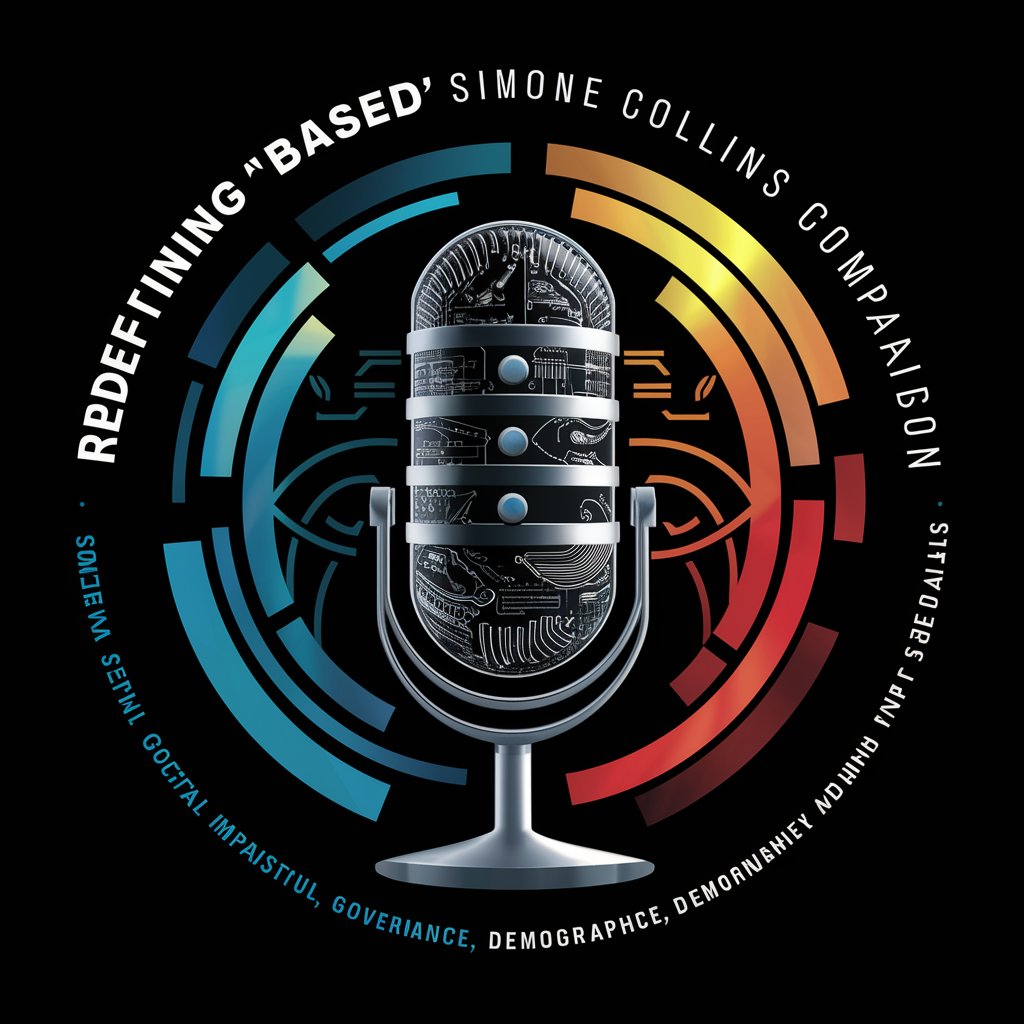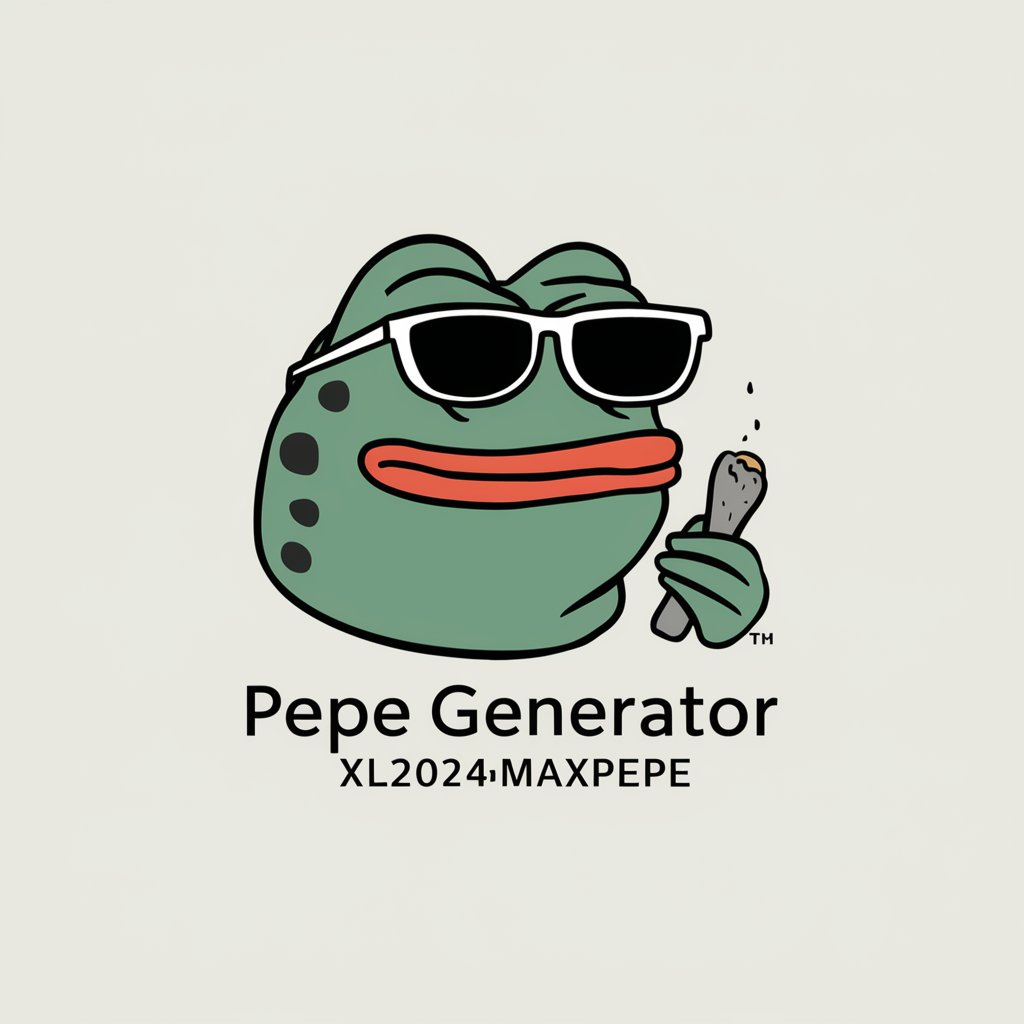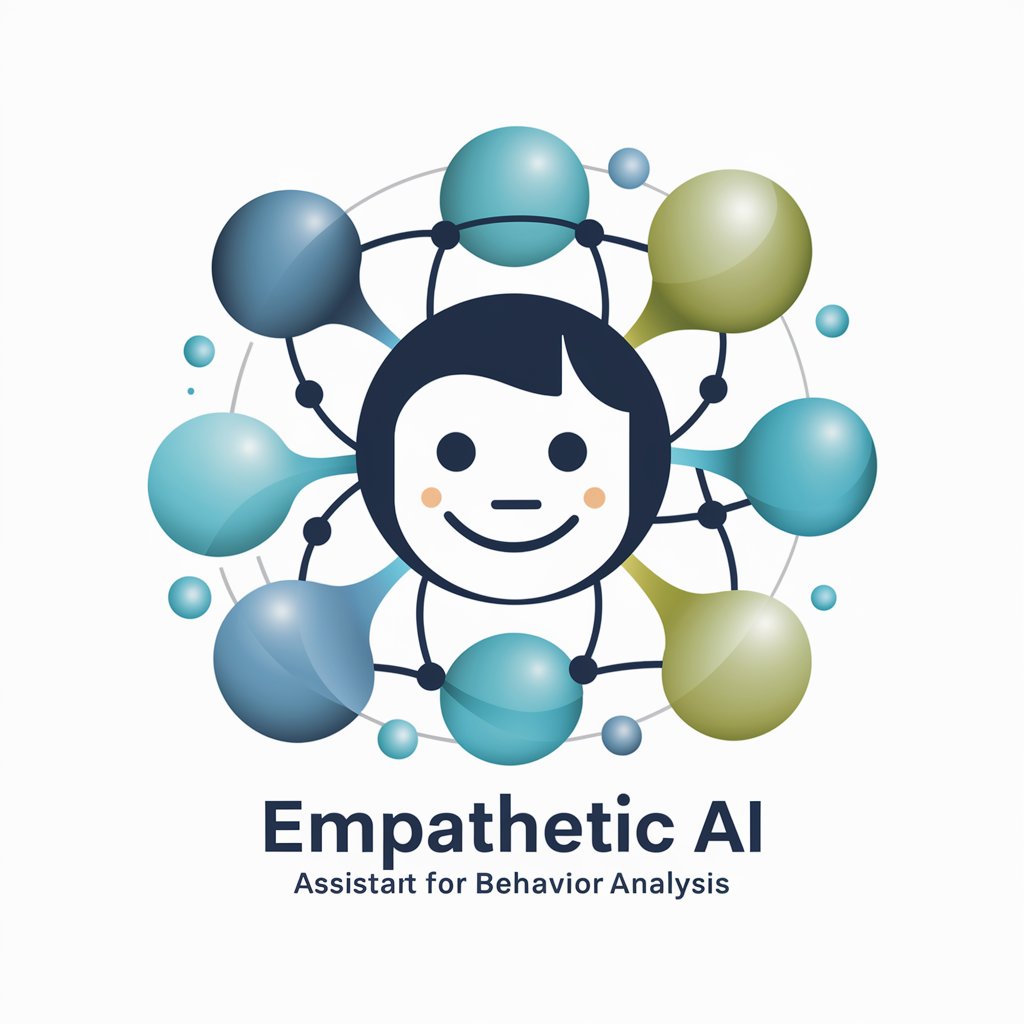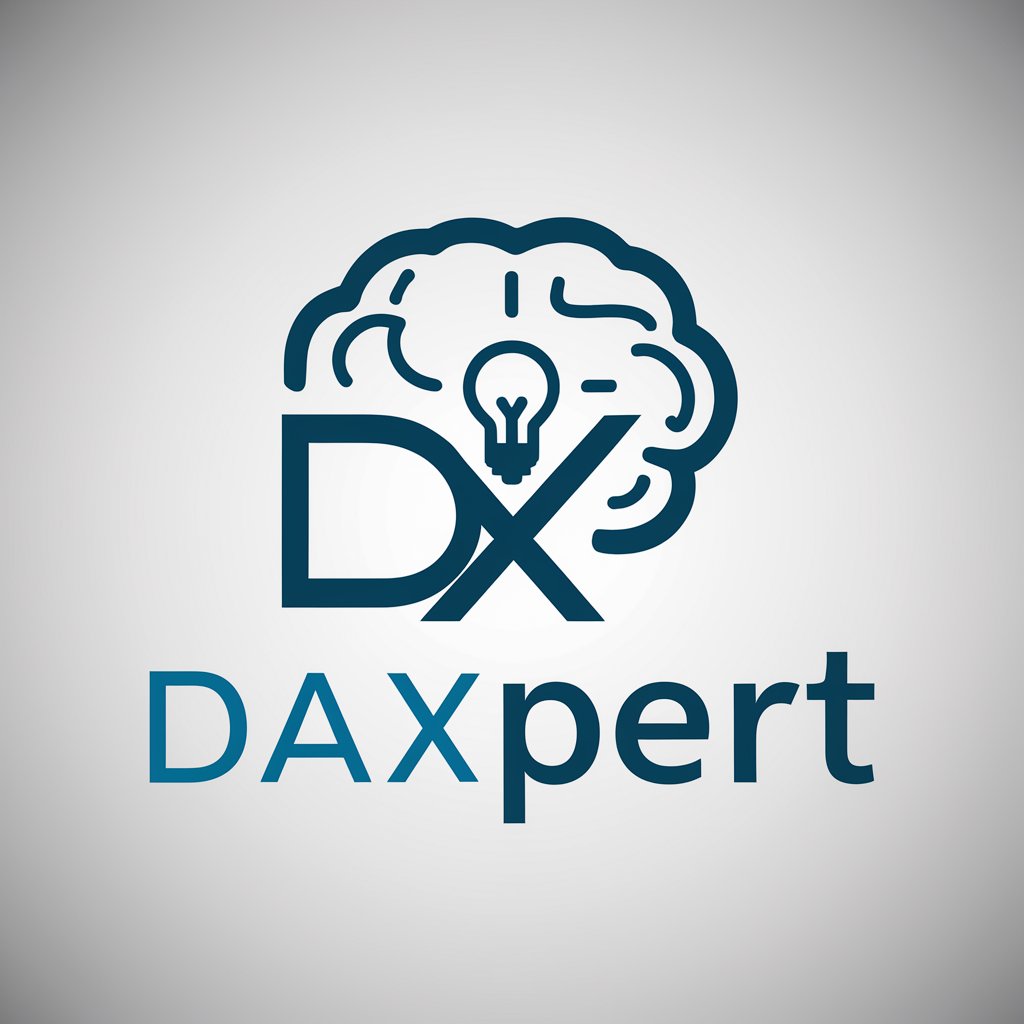Data Simulator - Data Simulation Tool

Welcome! Let's create some amazing data sets together.
Empowering insights with AI-powered simulations
Generate a realistic data set of 100 exam scores for a university statistics class.
Simulate a bivariate data set involving outdoor activities, such as tree circumference versus sap collected.
Create a data set of monthly sales figures for an online retail store over the past two years.
Simulate demographic data for a survey study, including age, gender, and income levels.
Get Embed Code
Overview of Data Simulator
Data Simulator is a versatile tool designed to create simulated datasets across a wide range of domains. It's engineered to assist users in generating realistic and relevant data samples for various purposes, including academic research, business analysis, product development, and more. The core of Data Simulator's functionality lies in its ability to generate both simple and complex data sets, tailored to the specific needs and scenarios presented by the user. For example, it can produce a simple dataset like 100 exam scores based on specified parameters such as mean score and standard deviation, or a more complex bivariate dataset, such as the relationship between the circumference of maple trees and the volume of sap collected in a season. Through these simulations, users can analyze trends, test hypotheses, or model scenarios without the need for real-world data collection, which can be time-consuming, costly, or impractical. Powered by ChatGPT-4o。

Core Functions of Data Simulator
Single-Variable Data Generation
Example
Generating a dataset of 100 exam scores.
Scenario
Used by educators to model the distribution of student grades in a hypothetical class to analyze grading policies or educational outcomes.
Bivariate Data Simulation
Example
Simulating the relationship between tree circumference and sap volume collected.
Scenario
Employed by environmental scientists to study and predict sap yield from maple trees, aiding in sustainable farming practices and research.
Time Series Data Simulation
Example
Creating monthly sales data for a retail store over a year.
Scenario
Utilized by business analysts to forecast sales, plan inventory, and strategize marketing campaigns based on seasonal trends and predictions.
Multivariate Data Sets
Example
Generating data on consumer preferences, including age, income, and product satisfaction ratings.
Scenario
Used by market researchers to understand consumer behavior, segment the market, and tailor products or services to meet customer needs.
Who Benefits from Data Simulator
Academic Researchers
Individuals in academia can leverage simulated data for hypotheses testing, validating statistical models, or when real data collection is impractical due to ethical, financial, or logistical constraints.
Business Analysts
Professionals in business sectors use simulated datasets to forecast trends, perform market analysis, and make informed decisions without the immediate need for extensive market research.
Data Science Enthusiasts
Hobbyists and learners can explore data science concepts, practice data manipulation and visualization techniques, or build portfolio projects in a controlled environment with simulated data.
Product Managers
They can use simulated data to model user behavior, test new product features in silico, and predict product performance before actual implementation or launch.

How to Use Data Simulator
Start your journey
Head to yeschat.ai for a hassle-free trial that requires no login or ChatGPT Plus subscription.
Define your simulation goal
Identify and clearly articulate the type of data set you want to simulate. Consider factors such as the number of variables, data type (e.g., numerical, categorical), and the domain of interest.
Customize your parameters
Utilize the customization options to specify the parameters of your data set, such as sample size, range of values, and any specific statistical distributions or correlations between variables.
Generate your data
Use the provided tools to generate your simulated data set. Adjust parameters as needed based on the preview of your data.
Download and apply
Download your simulated data in the desired format (e.g., CSV, JSON) and apply it to your intended use case, whether it be for analysis, research, or educational purposes.
Try other advanced and practical GPTs
Ask AI
Empowering Your Business with AI Insights

Redefining 'Based': Simone Collins Companion
Insightful AI-powered podcast analysis

Bot Aurelius
Navigate life with Stoic AI wisdom
"El Pro" Link- ed- In Advisor
Elevate Your LinkedIn Game with AI

Transition Success BOT
Streamlining Customer Success Transitions

Editor GPT
Refining Text with AI Precision

PEPE GENERATOR XL2024MAXPEPE
Craft custom PEPE memes with AI power

Behaviour Analyst
Unlock deeper understanding with AI-powered behavior insights.

DAXpert
Empower your data analysis with AI-driven DAX guidance.

AI Calendar Assistant 📆
Optimize your schedule with AI power

Quiz Master
Turn Learning Into an Adventure

MLGPT
Empowering Your ML Journey with AI

Frequently Asked Questions about Data Simulator
What is Data Simulator?
Data Simulator is a versatile tool designed to generate realistic simulated data sets for a variety of applications, leveraging AI to tailor the data to specific needs and parameters.
Can I simulate time-series data with Data Simulator?
Yes, Data Simulator is capable of generating time-series data, allowing users to specify the time interval, trends, seasonality, and noise level to create realistic time-dependent data sets.
Is it possible to simulate data for machine learning models?
Absolutely. Data Simulator can generate data sets with predefined correlations, classifications, and regression targets, making it ideal for training and testing machine learning models.
How can I ensure the simulated data is realistic?
Data Simulator uses statistical distributions and real-world data modeling to ensure the generated data closely mimics actual scenarios. Users can adjust parameters and distributions to match their specific realism criteria.
Can Data Simulator handle multivariate data sets?
Yes, it can create complex multivariate data sets with multiple variables that can be interrelated, allowing for the simulation of sophisticated scenarios across various fields.
